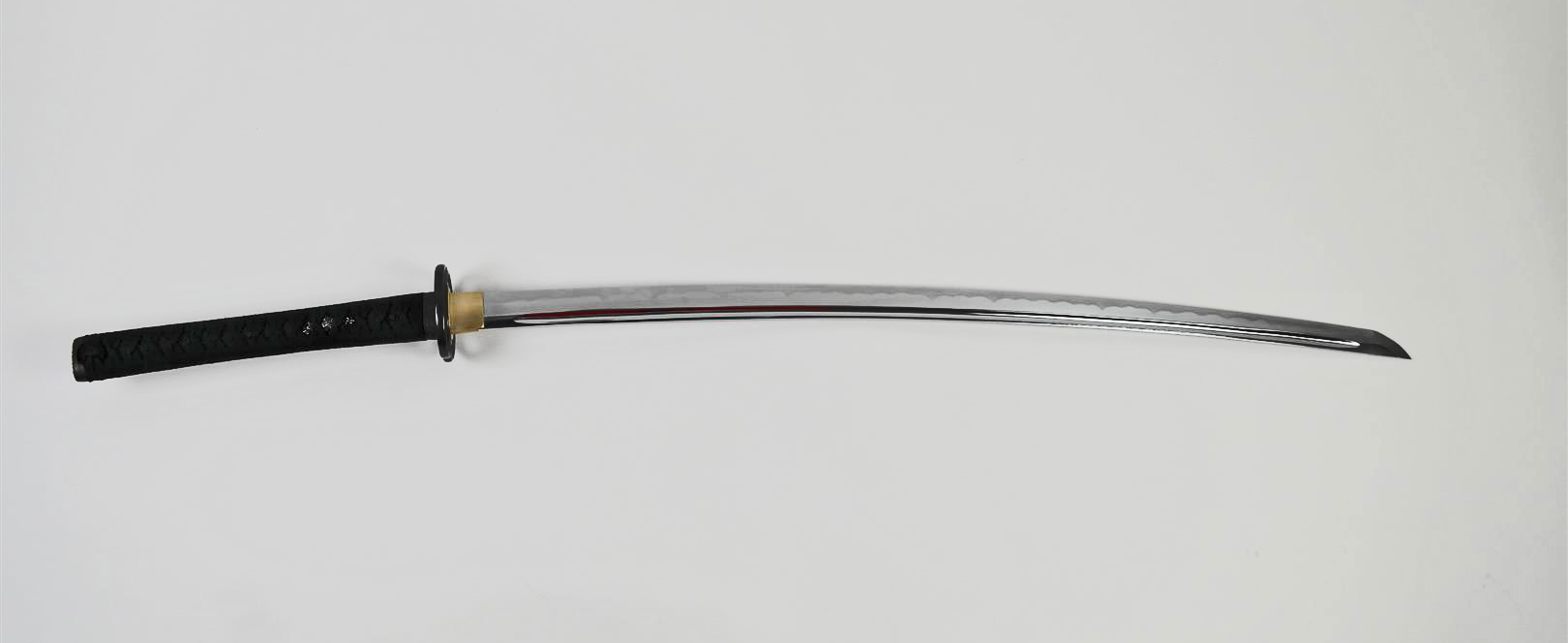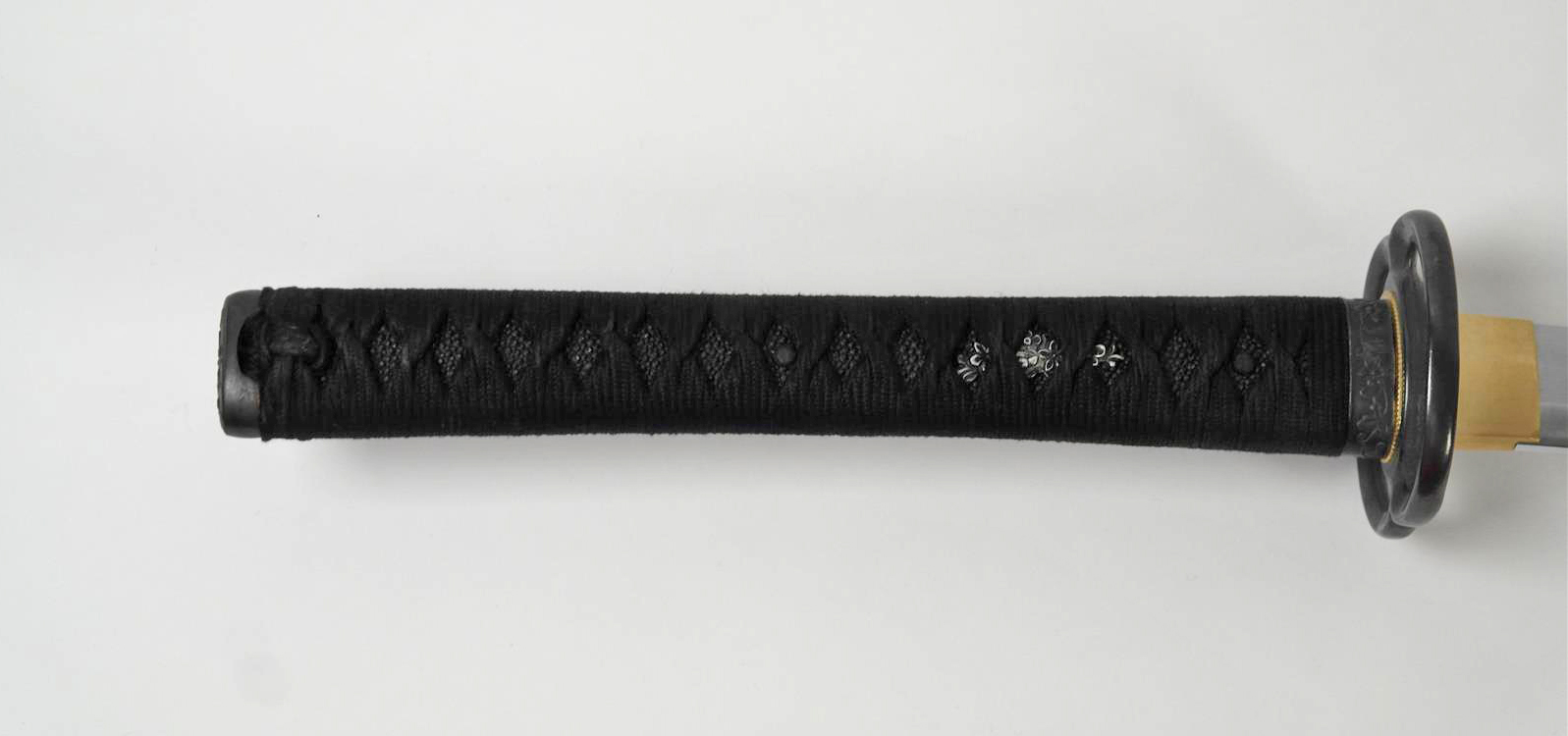I was looking for a decent Japanese forge to offer high quality Iaito's for beginning and advanced students of swordsmanship. Because I wanted to offer more than stainless steel Iaito from Hanwei. The fact is stainless steel is very heavy compared to Zinc/Aluminium and I needed to offer an Iaito with lighter weight. For me it was an search for the highest quality for a reasonable price, I was already familiar with some well known suppliers, but I wanted to investigate this way thorough. I think I honestly can say we now can offer a real Japanese Iaito, with this I mean totally Japanese including the Zinc/Aluminium blade, fittings, saya, tsuka and Ito, for an excellent price. Anyway that's my conclusion, I hope you have the same idea after you read this review.
For those still wondering what an Iaito is, I can tell you. It is a non-sharpened training katana for several kind of swordmanschips. An Iaito is only to be used as a training weapon, un-sharpened so relatively safe. Most Dojo's also give the permission to train with an Iaito after you have built up enough experience, and you have learned to handle it like a shinken (real sharp katana). An Iaito is not made for any form of contact training. Some real important aspect are a good balance, not to heavy and high quality tight Ito (wrapping around the tsuka aka handle) . It really is a benefit if the Iaito looks great to, you have to train with it regularly.

I made this review immediately after I received the Iaito's, so was just looking at the used materials with partiality prejudiced, at least I hope so.
I decided to go with Murayama Iaito, a forged based in Japan, I had ordered some more trial Iaito's from other sources, so my own collection is really expanded. The first thing I looked after is the balance, this Iaito has a point of balance of 14,5 cm from the tsuba and felt really well, not to aggressive. My own Sensei and some other students, agreed with me.
The second thing I tried of course it the tachi kaze, or sound when you are handle your Iaito. This Iaito made a loud and clear sword wind sound.
Those two things are not something I can make pictures of but wanted to share my thoughts and actions with you.
The third thing is called the Tenouchi, a Japanese conception how you grip the Iaito and how you can transfer your energy into your Iaito to make your techniques. It is not something I easily can write down but probably took me years of experience to feel it immediately. If you translate Tenouchi you will get inside your hands. I also think if the Ito is not tight it will immediately feels bad.

On this picture you can see the tsuka shape, the wood they used is magnolia. A traditional kind of wood. The Tsuka shape is slightly Ryugo and of course pegged with two mekugi. The length is 9.0 Sun of if you want 27.3 cm, and in the right proportion with the blade, this is something a decent supplier can offer. The Ito is tightly wrapped with Japanese cotton and the Tsuka is mounted very well. No space in the fuchi, seppa, tsuba. A very tight kashira and attractive menuki. So high quality mounting experience.
The blade is Zinc/Alumium and unsharpened with an etched hamon. This basicly is a disadvantage, I really like the the beauty of real hamon with Hazuya and Jizuya stones. Anyway the only advantage is you can order them in different types. This fact is inherent to stainless steel and zinc/aluminium alloy unfortunately. This blade is 2.5 Shaku and fitting my own body and arm length.

Be aware of the need your Iaito has the right length. Your drawing (Nukitsuke) and re-sheating(noto) cannot be performed fluently when the proportion is not correct.
The Sori is correct with the style I practice, Muso Shinden Ryu. I also like the Torii Sori, the deepest point is halfway of the blade. The named this after Torii (gateway) to a shrine.
The Saya really smells quality, a matt structured Saya, you can choose different options. A damn good fit, not to tight, not loose, just right. No rattling sounds, a proper Koiguchi, the only thing is this one is not buffalo horn, the innercore is wood and outside a sustainable synthetic material. Nevertheless it feels very well with Nukitsuke and noto.

On this picture you can see the Iaito taking apart. I really do recommend this to everyone who purchased an Iaito to see what is underneath and check it for safetly reasons. You only need to use a Mekuginuki, a Mekugi (peg) removal tool and probably a hammer and splint.

Well basicly I am really proud I know can offer a real Japanse Iaito for Swordsmanship. The only disadvantage is the artificial hamon you can find on the blade, unfortunately this is something you cannot avoid with a stainless of Zinc/aluminium Iaito. For me balance, Tenouchi, weight and Tsuka Ito wrap, feel and touch are above expectations. To be honest I think it's always worth it to go for a japanese made one. The fit and finish is excellent.
PROS:
Good balance
Excellent weight
Blade/Tsuka Length options
Clear Tachikaze
Custom options
Two mekugi
Tight Ito
Correct Tsuka Shape
Excellent habaki and saya fit
Traditional Japanse parts
Allowed in all Dojo's
Made in Japan
Cons
Artificial Hamon
No Bo-Hi options

